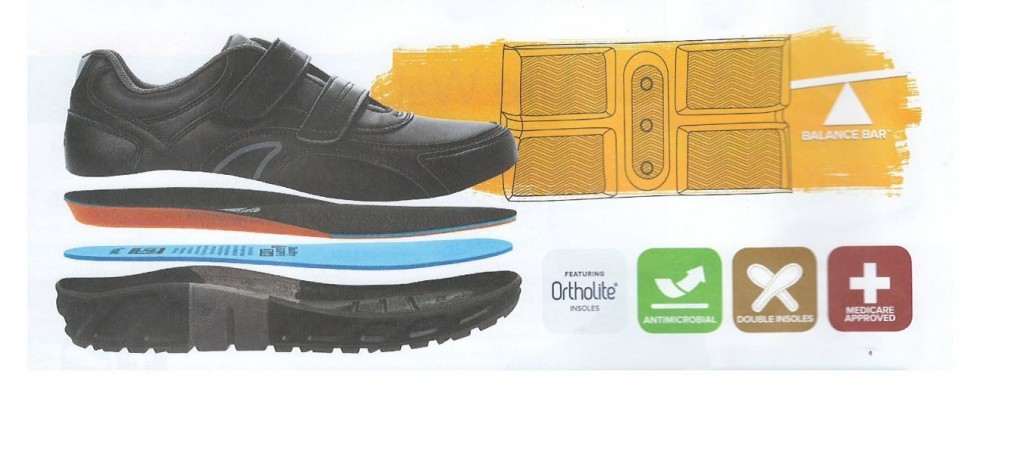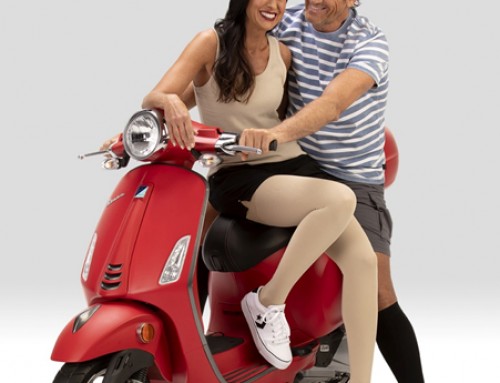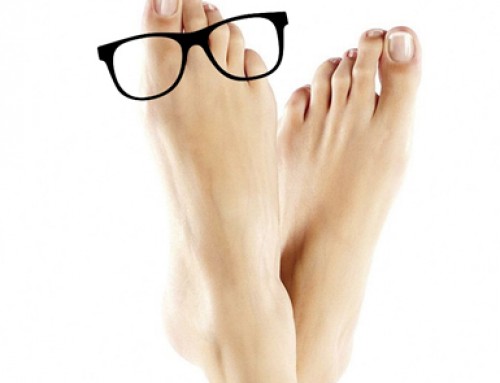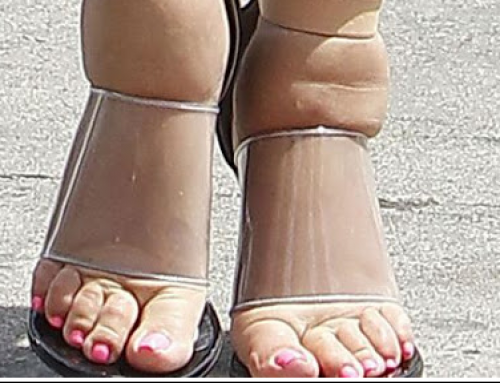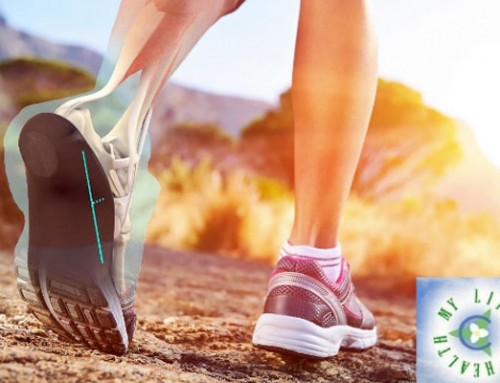Your feet hurt? Look into Orthopedic Shoes
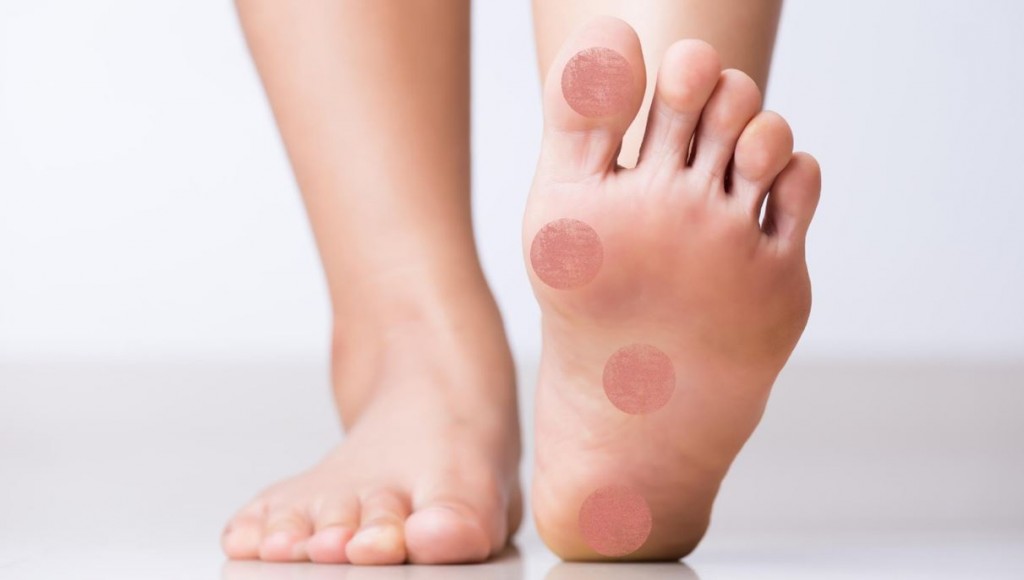
When you’re on your feet for an extended period of time, have wide or swollen feet, bunions, hammertoes, or other foot issues it’s crucial to find orthopedic shoes and boots that fit you perfectly and allow you to walk comfortably and pain-free wherever you go.
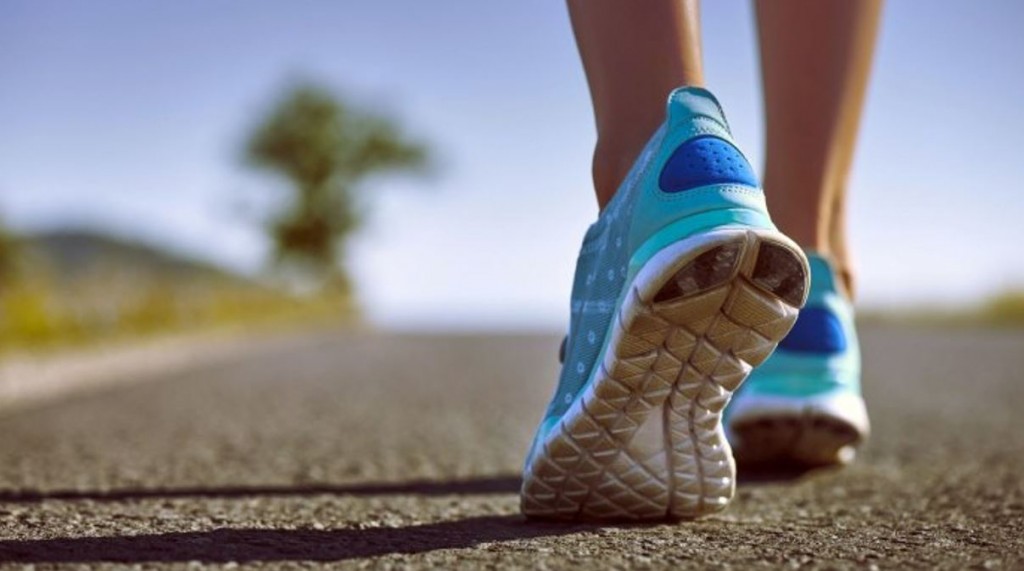
Here are the Top Features to look for in Women’s and Men’s Orthopedic Shoes:
• Orthotic support: shoes or boots that have removable insoles or dual-density insoles that can be replaced with custom inserts is an absolute must. They provide adjustability, customization, and the greatest support for arches. As a result, they will offer proper body alignment to ensure you walk correctly, minimize pain, discomfort, and the possibility of injuries.
• Cushioning: the footbed should have shock-absorbing materials to cushion the foot against impact, conform to your feet, reduce pressure spots and provide energy return for increased pain relief.
• Padded tongue: minimizes lacing pressure over the instep and protects against abrasions and discomfort.
• Interior construction: seam-free interiors offer extra protection for those who have sensitive feet such as neuropathy, arthritis, and diabetes. Even a little thread can cause much irritation and be harmful to these types of feet!
• Extended medial thermoplastic heel counter: enhances rear-foot walking stability while minimizing slippage.
• Wide Toe box: shoes and boots with a wide, round, and tall toe box offer ample space for the toes to move biomechanically, accommodate hammertoes and bunions and provide a relaxed fit even if your forefoot swells.
• Extra-depth: this feature can make all the difference between footwear that is comfortable and the ones that are not. The added depth runs from the heel to the toe area and creates a relaxed fit for edema if you have a high instep or wear thicker socks.
• Heel & tongue padding: usually run higher than an average sneaker or shoe, which increases contact with the heel and forefoot. Padding along the heel counter will prevent friction and blisters.
• Outsole: look for a durable outsole to provide traction, stability and help you walk comfortably while reducing your risk of falls. Also, an outsole with a strong shank inside that adds support and stability for excellent arch support and superior protection.
• Durability: constructed with durable upper materials will not fall apart or soil easily and are the best choice for extreme weather conditions or demanding environments.
• Adjustability: have adjustability features such as laces, straps, and Velcro will hold your feet securely in position and prevent sliding around, but also give you the ability to tighten or loosen the fit around the instep or heel.
• Insulation: for individuals who have neuropathy, this feature is especially important. Footwear for winter use will feature insulating materials such as faux fur or shearling to retain heat and prevent your toes from being exposed to extreme temperatures.
